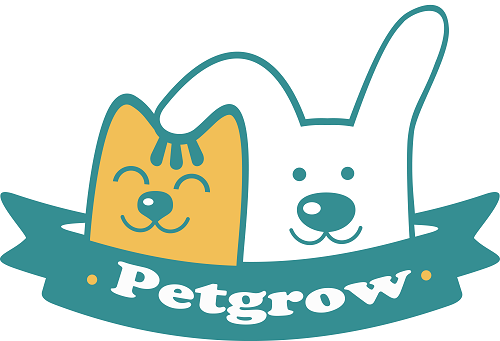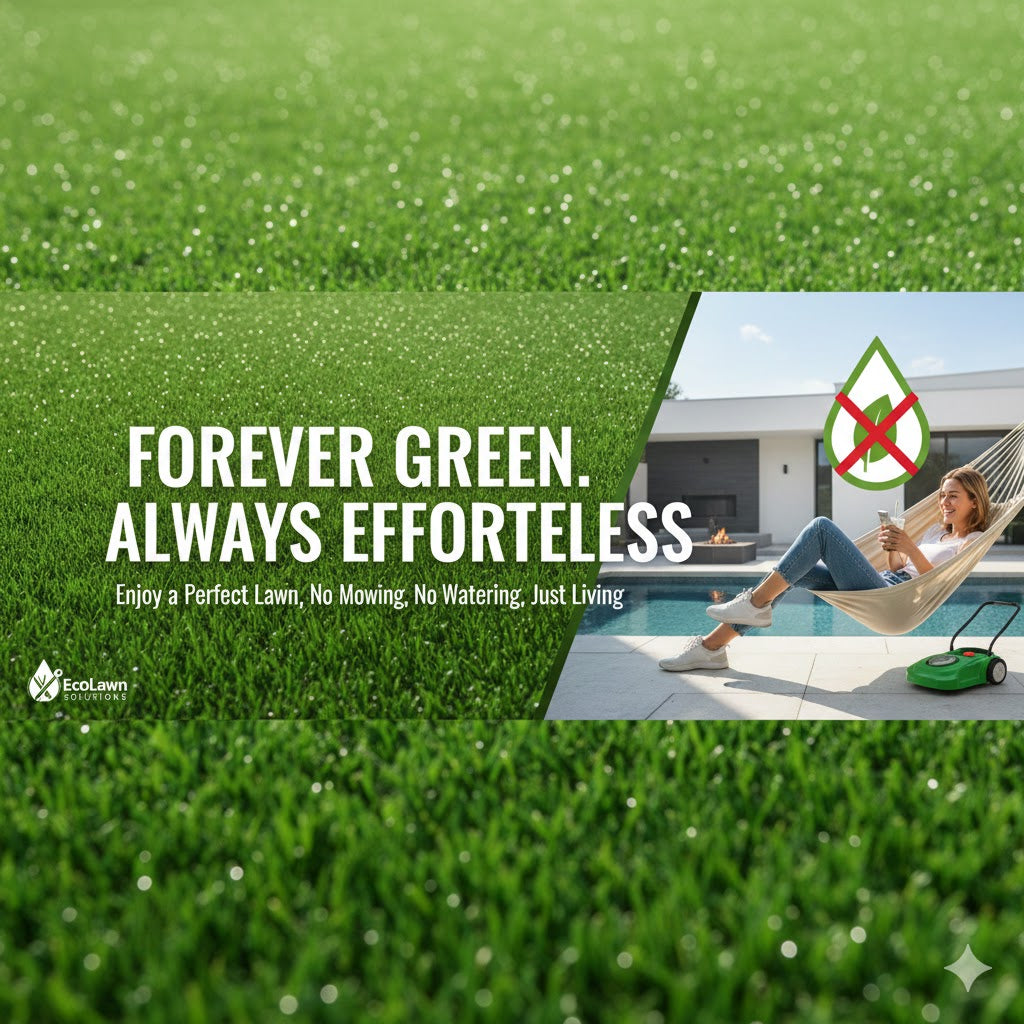Many homeowners are turning to artificial grass installation because they want a green yard that looks great all year without the hard work. Natural grass needs mowing, watering, and constant care. Artificial turf, on the other hand, stays neat and green with almost no effort.
This type of lawn is made from synthetic turf that looks and feels like real grass. It doesn’t dry out during hot summers or turn muddy after rain. It’s a great choice for places where water is limited or for people who want to spend less time doing lawn care.
Modern Artificial Turf Grass also helps save water and supports natural drought-tolerant landscaping. Artificial grass installation can make your outdoor space beautiful, clean, and easy to enjoy.
Planning Your Artificial Grass Installation Project
Good planning makes your artificial grass installation look better and last longer. Before you start digging or rolling out turf, take time to measure your space and choose the right materials. A little preparation now saves a lot of work later.
Measure and Design Your Space
Start by measuring your yard or the area where you want to install the grass. Use a tape measure to find the length and width, then draw a simple sketch of the space. This helps you know how much turf you need and how it should be placed.
Think about your landscape design. Do you want a play area, a clean front lawn, or backyard putting greens for golf practice? Each idea needs a different layout. If you’re adding putting greens, careful turf installation planning makes sure the surface stays smooth so the ball rolls perfectly.
You can also share your landscaping requests with a hardscape contractor or turf company. They can help you design curves, borders, and paths that match your home’s look.
Choosing Materials and Base Type
The base is the foundation of every artificial grass installation, and it’s one of the most important parts. You can choose from several base types:
- Road base: strong and great for heavy-use areas.
- Decomposed granite: smooth, drains well, and gives a firm surface.
- Paver base: small crushed stones that compact easily.
- Paver sand: a fine layer that helps even out the surface before laying the turf.
It’s also important to plan for storm water and stormwater runoff. The base should slope slightly away from your house so water doesn’t pool or damage the turf. If your yard has natural soil that holds water, ask a hardscape contractor about adding drains or extra layers for better drainage.

Tools and Materials You’ll Need
Before you begin, gather all the right tools and materials. Having everything ready will make your artificial grass installation smooth and stress-free.
Here’s a simple checklist:
- Landscape anchors – to secure turf edges.
- Galvanized nails – strong and rust-resistant.
- Galvanized steel edging – keeps borders neat.
- Landscape staples – help hold down the weed barrier.
- Grading rake – to level and smooth the base.
- Vibrating compactor – to pack down soil and base layers firmly.
- Bender board – flexible edging for curved areas.
- Turf gripper – helps adjust turf placement easily.
- Drop spreader – spreads infill evenly over the turf.
You can find many of these tools from trusted brands like Petgrow.
Step-by-Step Artificial Grass Installation Process
Doing your own artificial grass installation is easier when you follow each step in order. Each stage builds on the last, so take your time and make sure everything is level and secure before moving on. A good turf installation can last for many years if it’s done right.
Step 1: Site Preparation
Start by cleaning the area where the turf will go. Remove the old lawn, rocks, and any roots or weeds. Use a shovel or sod cutter to take off the top layer of grass until you reach firm natural soil.
Spray a weed killer to stop future weed growth, then cover the ground with a weed barrier. This fabric lets water drain through but blocks weeds from growing under the turf. Smooth it out so it lies flat and secure it with landscape staples.
Step 2: Building the Base
The base supports your turf and keeps it even. Spread out layers of road base or decomposed granite, then use a grading rake to level it.
Compact the base with a vibrating compactor to make it firm. Add a thin layer of paver sand on top to smooth the surface. Make sure your base slopes slightly so stormwater runoff can drain away instead of pooling. A solid, level base helps your artificial grass installation look smooth and natural.
Step 3: Laying the Synthetic Turf
Now it’s time to roll out the synthetic turf. Unroll each piece in the same direction so the grass blades lean the same way. This makes the lawn look natural and even.
Use sharp turf installation tools to cut around edges, trees, or pathways. Leave a small extra edge at first, and trim it neatly once everything is in place. If you prefer, professional installers can handle this part for perfect cuts and alignment.
Step 4: Joining Turf Sections
If your lawn needs more than one piece of turf, you’ll need to join them neatly. Lay the edges close together without overlapping.
Place seaming cloth under the joint, then apply artificial grass tape or seam tape with glue. Press both sides of the turf down firmly onto the tape. Make sure the blades stand up evenly, and the seam blends in. A clean seam gives your lawn a flawless look and can even come with a seam guarantee when done by professionals.
Step 5: Securing the Turf
Once everything is lined up, secure the turf so it stays in place. Use galvanized nails and landscape anchors around the edges, spacing them every few inches.
For straight edges or borders, add galvanized steel edging to keep the turf tight and neat. The goal is to hold the turf firmly without stretching it too much. This helps your artificial grass installation stay flat and strong for years.
Step 6: Infill and Brushing
The last step is adding infill. This helps the grass blades stand tall and gives the turf a soft, natural feel. Spread silica sand, infill sand, or crumb rubber evenly across the surface using a drop spreader.
For pet areas, you can also use Zeolite infill, which helps control odor and keeps the turf cooler. After spreading the infill, brush the turf with a stiff broom to lift the blades. This final step makes your artificial grass installation look lush and natural.

Optional Enhancements for Artificial Grass Installation
You can make your artificial grass installation even better with a few extra features. These options improve comfort, appearance, and function.
Pet Turf and Odor Control
If you have pets, consider a Pet Turf system. It includes drainage mats and Zeolite infill to help wash away odors and keep the surface clean. The turf drains fast, so your yard stays dry and fresh.
Foam Padding and Safety Layers
Adding foam padding under the turf makes the ground softer and safer, especially for kids or play areas. It’s also great for sports fields, as it cushions falls and gives a more comfortable feel underfoot.
Backyard Putting Greens
Want your own mini golf spot? You can design backyard putting greens using a synthetic grass rug. Use a smooth layer of sand or infill to make sure the surface is even, so golf balls roll straight and true. It’s a fun way to enjoy your yard while keeping it low-maintenance.
Aftercare and Maintenance Tips
After your artificial grass installation, a little care keeps it looking new for years. The good news is that it’s much easier than caring for real grass.
Brush your lawn often with a turf gripper or any heavy tool that can lift the grass blades. This helps them stay upright and soft. If you spill something, clean it with mild soap and water. For pet areas, rinse the turf to keep it fresh.
Check seams and edges every few months. Fix small tears or loose spots right away to prevent accidental damage. Some newer turfs even have cooling blade technology that helps keep the surface cooler in the sun. With simple lawn care like this, your turf will stay green and neat, fitting perfectly into your natural landscaping.
Warranties, Professional Services, and Local Regulations
When you invest in an artificial grass installation, it helps to choose trusted companies and know your rights as a customer. Reliable providers like Petgrow often offer an open book estimate, a labor and materials warranty, and even a full refund policy if you’re not happy with the work.
If you prefer expert help, hire professional installers or a hardscape contractor. They know how to install turf the right way and handle issues like drainage and seams correctly.
Also, check local laws before starting your project. Areas such as the City of Millbrae follow specific rules listed in the Millbrae Municipal Code and the Clean Water Act. You can ask the Code Enforcement Division or your local city office for guidance to make sure your installation follows the right standards.
Artificial Grass Installation in Phoenix, Arizona: Local Considerations
If you live in Phoenix, Arizona, or nearby areas like the East Valley or West Valley, your artificial grass must handle extreme heat. Choose turf that uses cooling blade technology to reduce surface temperature during hot days.
Make sure your base materials drain well because sudden storms can cause flash flooding. It’s smart to work with local installers who understand Arizona’s soil and weather. They can help you plan an artificial grass installation that stays beautiful and cool even in desert conditions.

Cost Factors and ROI of Artificial Grass Installation
The cost of artificial grass installation depends on the size of your yard, the type of turf you pick, and labor costs. Most of the cost comes from the turf itself, the base materials, and the work of laying and joining the turf.
While the price may seem high at first, the long-term value is worth it. You’ll save money on water, lawn care tools, and time spent mowing. Companies like Petgrow can give you clear quotes so you know exactly what you’re paying for.
Conclusion: Enjoy a Perfect, Evergreen Lawn
A well-done artificial grass installation gives you a beautiful, clean, and easy-to-care-for lawn. You won’t have to worry about watering, mowing, or muddy spots after rain. It’s a great choice for anyone who wants a fresh, green yard without the work.
Whether you decide to hire professional installers or try a DIY project, take your time and use quality tools and materials. Soon you’ll have a lawn that looks perfect every day.
Get your free quote and start your artificial grass installation today!


Share:
How do I follow the 10 best artificial grass maintenance tips year-round?